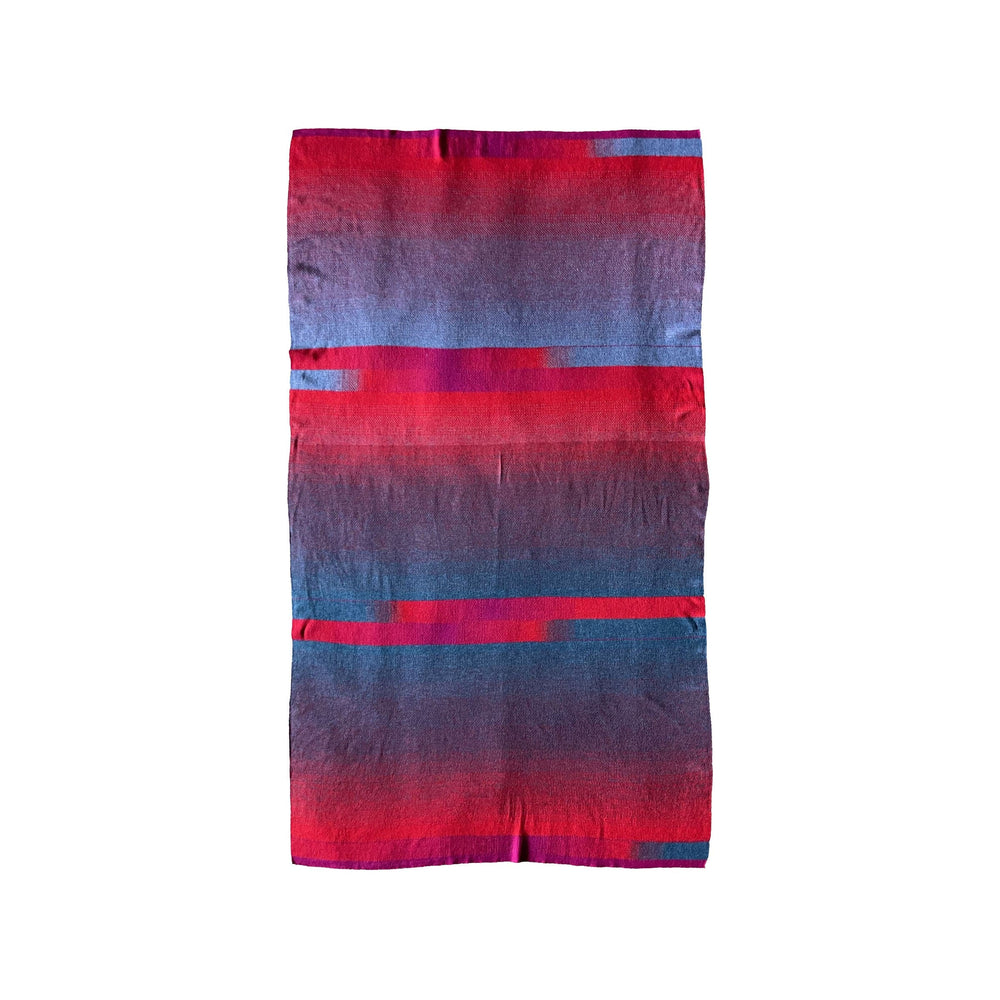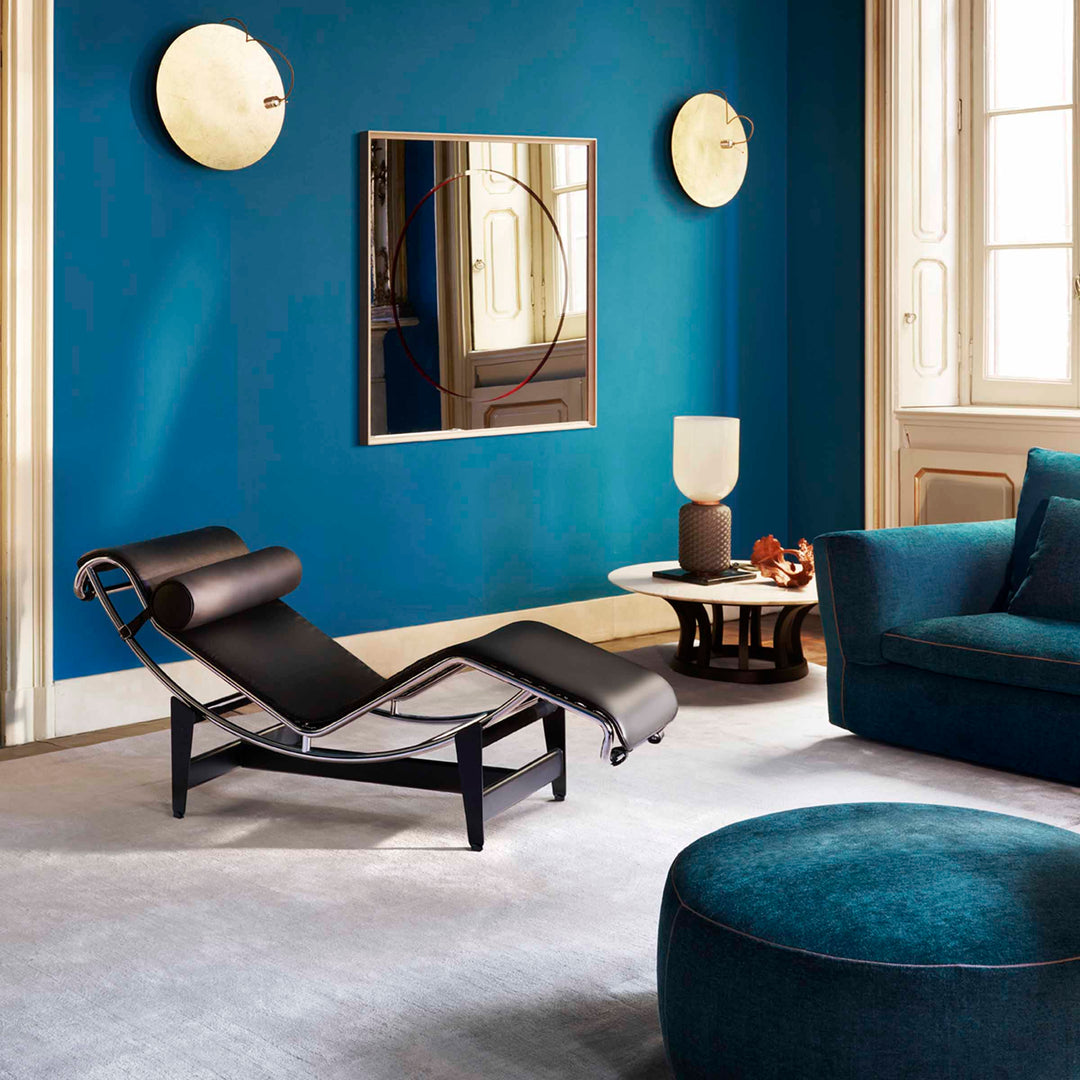Paola Navone interviewed by Cristina Morozzi
The fact that Paola Navone decided to write a dissertation on the radical movement says a lot about her.
Born in Turin, she is a global citizen: she lived in Hong Kong, the Philippines, Indonesia, Malaysia, Thailand, Milan and Paris, often visiting Trieste and feeling at home in India, China or Greece. Always looking for new places to discover. "Radical" is an adjective that suits not only her soul and way of living but also her approach to architecture, design and set-up projects: a different point of view.
Her collection of works is quite extensive and challenging to cover in less than hundreds of pages. However, it's worth mentioning her partnership with Abet to highlight her attention to "primary design" (which she perhaps learned from the Florentine radicals). In 1988 she realized the collection Mondo for Cappellini, combining different cultures, such as Africa and Tyrol (Afro-Tyrolean Village at the Fabbrica del Vapore (Milan 1990). Or the exhibitions "The new artisans of Europe" and "The new Italian artisans", made for Pitti Casa in Florence.
C.M.
You have travelled a lot, you have partnered up with artisans from various countries. To what extent has this cultural nomadism of yours influenced your projects?
P.N.
I trained my eyes to look at everyday things, humble objects, household items. I learned, collaborating with the artisans of various countries, to respect intuitive manual skills and traditions. I understood the beauty and relevance of everyday objects full of history, capable of being timeless. I have studied and collected them.
C.M.
Can I call you an anthropologist of everyday things?
P.N.
I would say yes. More than people's behaviours, I'm interested in the things they use, the unwritten rules that come from their uses. I love the shapes, textures, materials, textures and colour ranges of artefacts from various cultures. Observing and studying them teaches me the secrets of functionality and relevance. It helps me to learn about attitudes and behaviours from other cultures. Objects can convey taste, ideas and relationships.
C.M.
Is it risky to say that your school, more than that of the masters of design, even if you attended the protagonists of the radical movement, were the everyday things of the world?
P.N.
Partially. Everyday things are my alphabet. I like to use them out of context to give the "non-places" the conciliatory sense of domesticity.
C.M.
You travel a lot, but you don't despise having solid roots. You have a house in Milan, in Paris, in Greece, and you have also had one in Hong Kong.
P.N.
I like to furnish places where to rest the things that I have collected, transformed and designed, the archetypes and transient objects.
C.M.
Among your many projects, there are several dedicated to the table.
P.N.
I like conviviality, sharing my spaces and culinary creations with friends, although I have often cooked at friends' houses too. I designed plates for various companies, including Driade and even for the Esselunga Fidaty paper catalog, made by Fasano ceramiche di Grottaglie.
C.M.
Is it risky to say that dishes and tableware represent an important expressive figure for you?
P.N.
Maybe not. I am thinking about the "Taste Lounge", created in 2009 in the Visconti Pavilion in Via Tortona, during the Salone del Mobile in Milan, thanks to the collaboration between Pitti Immagine and Richard Ginori, dedicated to table and conviviality. The scenography was created with Richard Ginori collections, which were used like mosaic tiles.
















